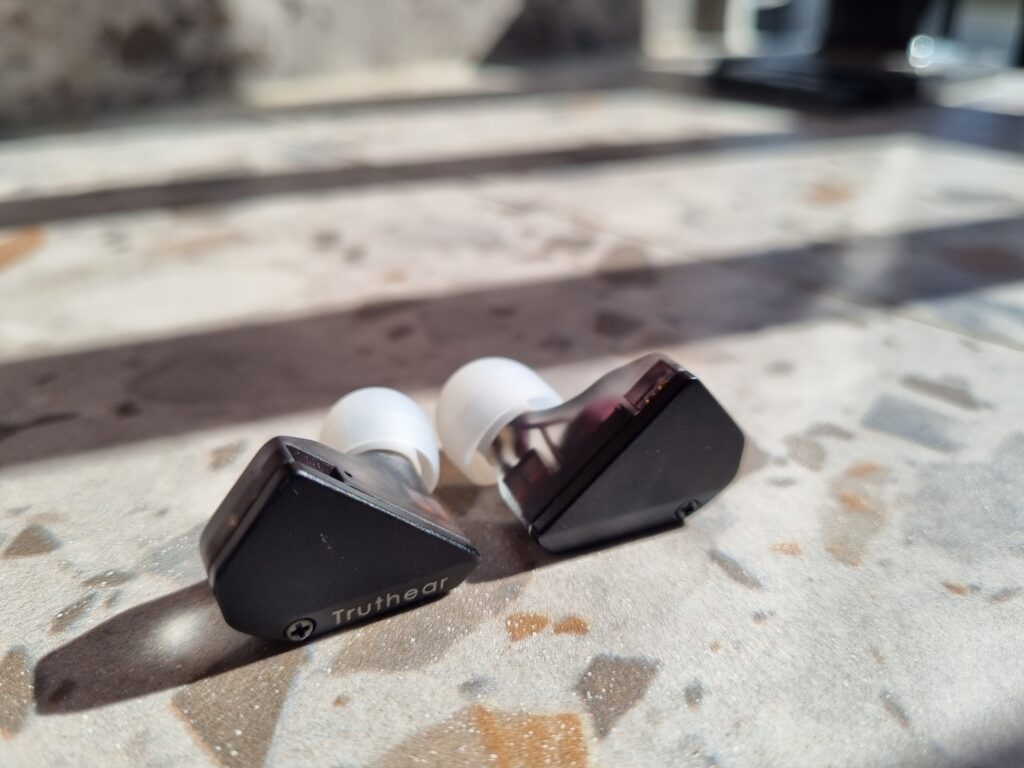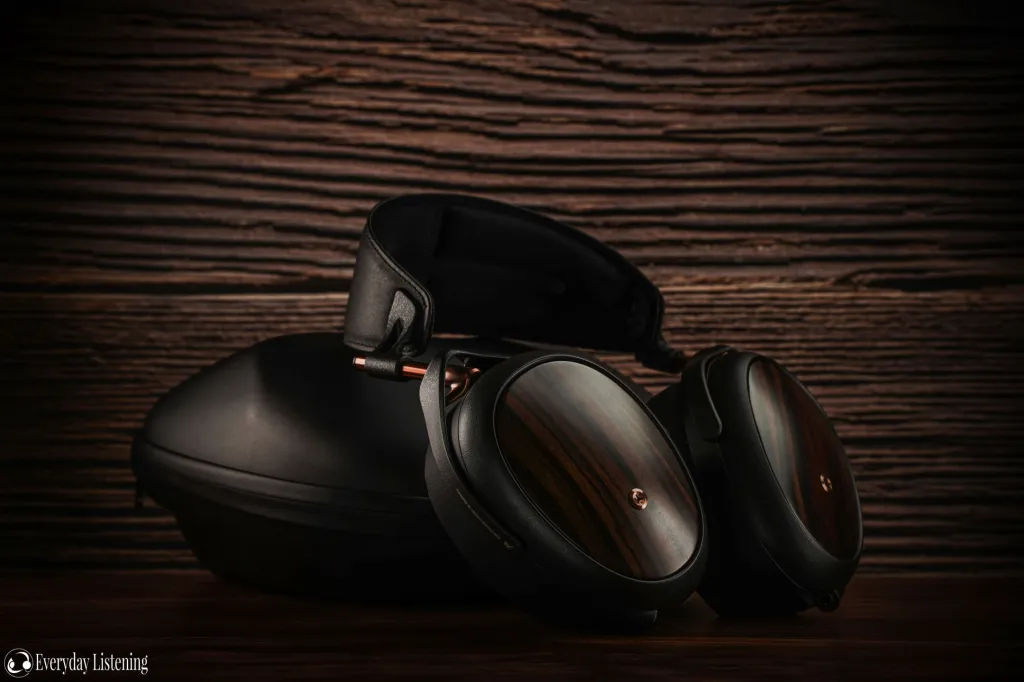Driveability

I’ve strictly conducted in-depth listening sessions with the CE320, paired with a Colourfly CDA-M1, Hidizs S9 Pro Copper Edition, and DH80. Between each source/amplifier, sonic improvements are negligible.
Above all, the CE320’s 20ohm mechanical impedance and 124-dB-SPL @ 1mW make it an easy IEM to drive out of virtually any source, befitting a pair of studio monitors.
Comparisons
Truthears Hexa

Introduction
The Truthears HEXA has turned thousands of heads in the tightly-knit audiophile community with its low 79.99 USD price. The HEXA has been widely compared to the cult-classic Blessing 2 of Moondrop fame, featuring a hybrid array of four balanced armatures and one liquid-crystal polymer (LCP) dynamic driver,
Sound Signature
Sonically, both the HEXA and CE320 share unassuming similarities in the low-end, with a focus on sub-bass, less so midbass slam and punch. However, the Truthear’s HEXA resolving lower-end features a more in-your-face PRAT, where visceral incisiveness and shortlived sub-bass rumble remain king. Beneficially, that lightning-fast attack and decay mitigates the lower-end veil that the CE320 suffers from.
The overall midrange of the HEXA isn’t as scooped out as the CE320’s, with impressive levels of detail retrieval and sonic information presentation for its price. The upper midrange features more prominence, where subtle shifts across the mid-band are unobfuscated. Contrarily, HEXA’s unapologetic presentation also accentuates sharper edges in music. Odd harmonic-centric instruments can come across as grainy and overwhelmingly fatiguing.
The HEXA’s upper registers also feature a consistent decline in the >5kHz registers. However, the gentle-sloping nature of the curve results in a noticeably more energetic and lively high-end. Missing sonic details and micro dynamics in the CE320’s sound signature are compensated for in the HEXA. But like a double-edged sword, the upper treble between the 6kHz and 20kHz range takes on an annoyingly splashy character.
Soundstaging capabilities between them are particularly similar, with the CE320 and HEXA sharing a fairly-wide L-R separation. However, Hexa’s Harman-inspired tuning fundamentally showcases more satisfactory detail retrieval capabilities between instruments and vocal melodies in complex passages of music. Nonetheless, the cross-over implementation that enables the drivers to operate in tandem can at times, present as incoherent and artificially separate.
Therein lies the “subjective” dilemma. The CE320 appeals to a broader audience with a carefree, laidback and all-around coherent sound signature. On the sidelines, the HEXA is an excellent performer if unsuppressed detail retrieval and rapid PRAT are of immediate importance at the expense of persistent shrillness and treble-thinness.
Concluding Remarks
CTM has successfully showcased its sound-engineering chops in a studio-friendly and everyday-friendly package. While it is by no means an ultra-detailed IEM, the CE320 has a lush sonic presentation, exhibiting end-to-end cohesion akin to a single dynamic driver. To conclude, if you’re searching for a comfortable IEM adaptable to all possible use case scenarios, the CE320 will not disappoint.
The CE320 can be purchased for USD 249.99 at Clear Tune Monitors’ official website.



